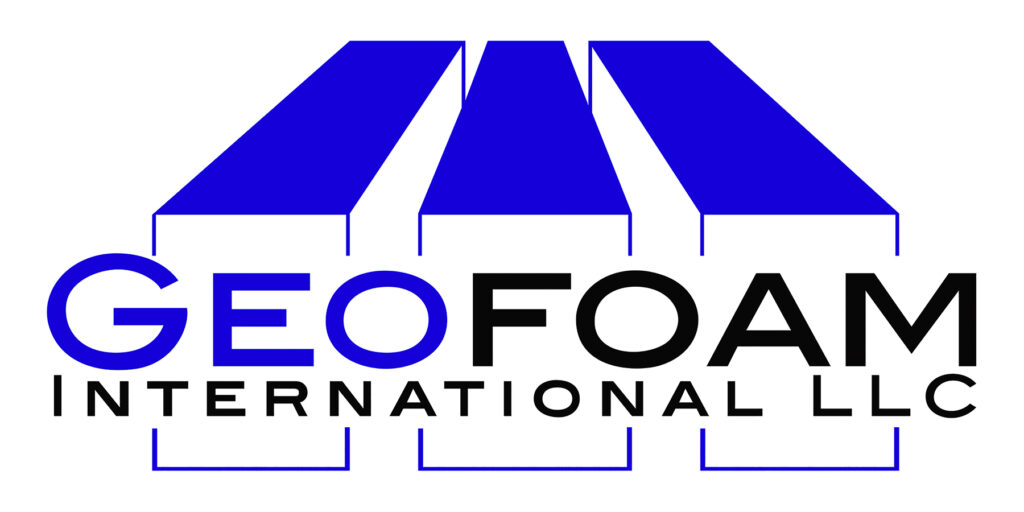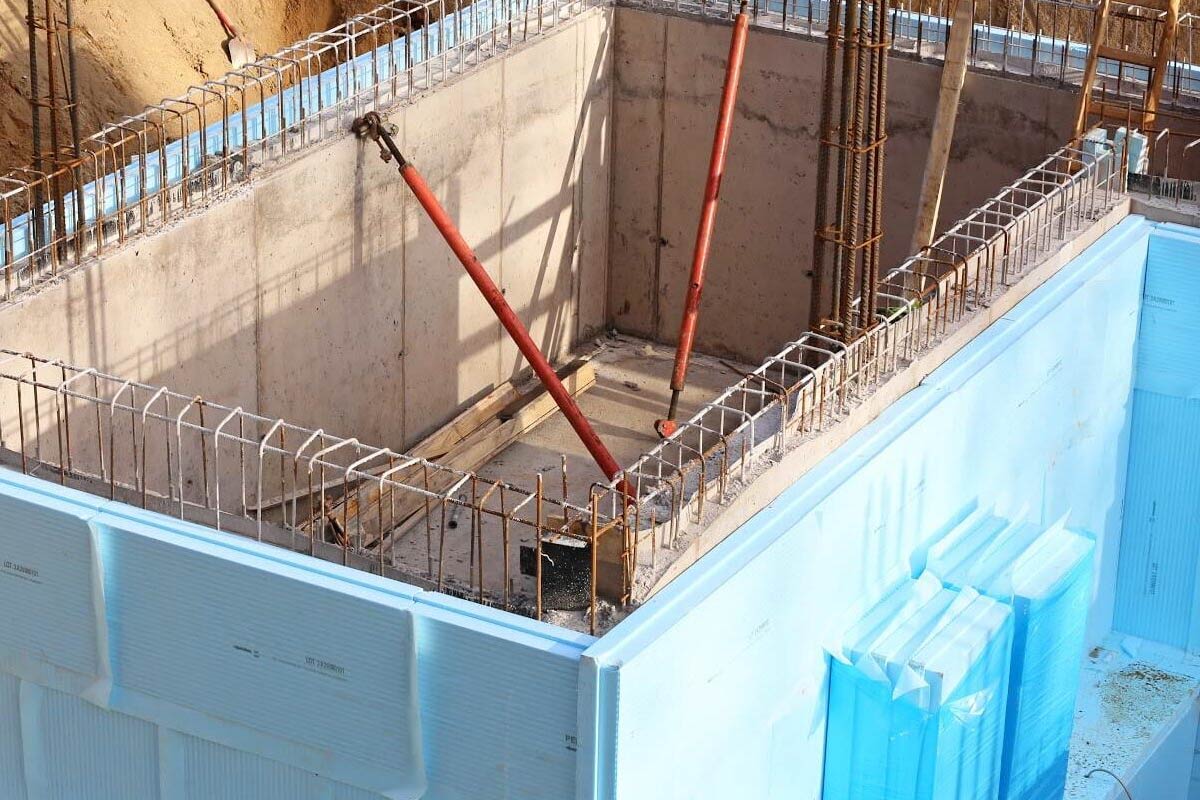EPS (Expanded Polystyrene) or “Geofoam” is gaining popularity as a widely acceptable and cost-efficient construction & insulation material. It is commonly used for structural fill material, elevated slab applications, road construction and much more. Geofoam is extremely lightweight and can withstand harsh conditions. Since Geofoam (Expanded Polystyrene) was introduced in the 1950s, it has been used in thousands upon thousands of various construction projects worldwide. EPS Geofoam has proven to be the material of choice to use in landfills, stabilizing slopes, bridge embankments, etc.
EPS Geofoam is different from the commonly known “Styrofoam” in several ways. While EPS Geofoam will mimic the physical characteristics of Extruded Polystyrene, or Styrofoam, one of the biggest differences between the two foam construction materials is the way EPS Geofoam is manufactured vs that of its “cousin”, XPS or Styrofoam.
What is it made from?
EPS Geofoam is made from a material called polystyrene polymer. This polystyrene resin “bead” is delivered in large containers and fed into a hopper for manufacturing. It is essentially a thermoplastic that can be shaped and reshaped repeatedly. The Geofoam material is 100% recyclable and can be made using post-consumed recycled content. Essentially, one can reheat it and reform it as many times as you’d like. Through a process called polymerization, polystyrene is created by applying heat and pressure within a mold. Depending on how much heat and pressure are added to the bead within the mold, different densities of Expanded Polystyrene or Geofoam can be produced.
Resin Bead Expansion
The expansion of the polystyrene beads does not happen all at once. The resin beads are expanded into something called the pre-puffs before they are fed into the designated mold for final expansion.
- A limited amount of these resin beads are placed inside the expansion vessel.
- After that, steam is injected into the vessel.
- Steam softens the hard resin beads and either partially or completely evaporates the expanding agent in them.
- The amount of heat from the steam determines just how dense the pre-puffs are and how much expanding agent is left behind in them.
- This density is carefully measured during the expansion process. Manufacturers stop applying heat when the pre-puffs have reached the desired volume and size to make good quality EPS Geofoam.
- The pre-puffs are then stored in fabric bags to cool down to room temperature and pressure before being fed into the final EPS block mold.
Recycled Material
Expanded Polystyrene Geofoam can be composed of as much as 50% Recycled Material. In addition, the Geofoam blocks themselves are 100% recyclable.
Molding
This is the final step in the manufacturing process. It turns the pre-puffs into the widely recognizable EPS Geofoam blocks that we see. The process is simple to understand.
- A limited amount of pre-puff beads are placed inside the block mold.
- Hot steam is introduced into the mold at a controlled pressure.
- The steam softens the pre-puffs, making them susceptible to expansion.
- The heat from the steam causes the beads to expand continuously.
- As the space inside the mold is limited, the beads are forced to fuse together and reduce the space between them, forming an EPS Geofoam block.
After this, the block is ejected from the mold, trimmed, labeled (if required), and shipped to job sites all around the world.
If you have any further questions about the EPS Geofoam manufacturing process, please contact us for more information.






